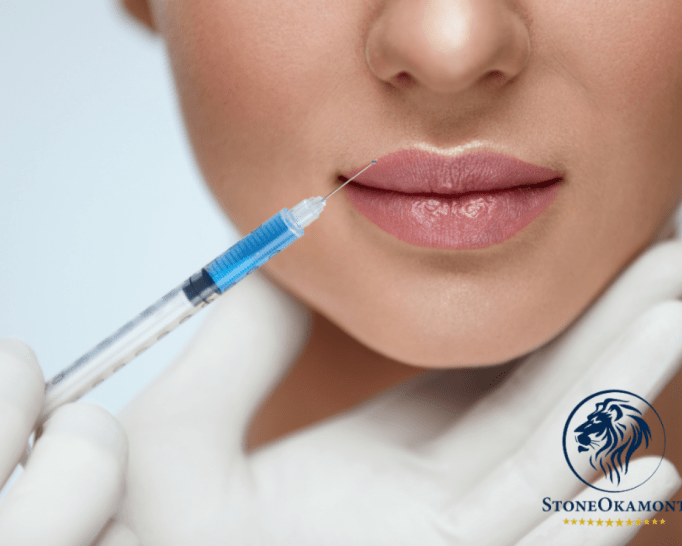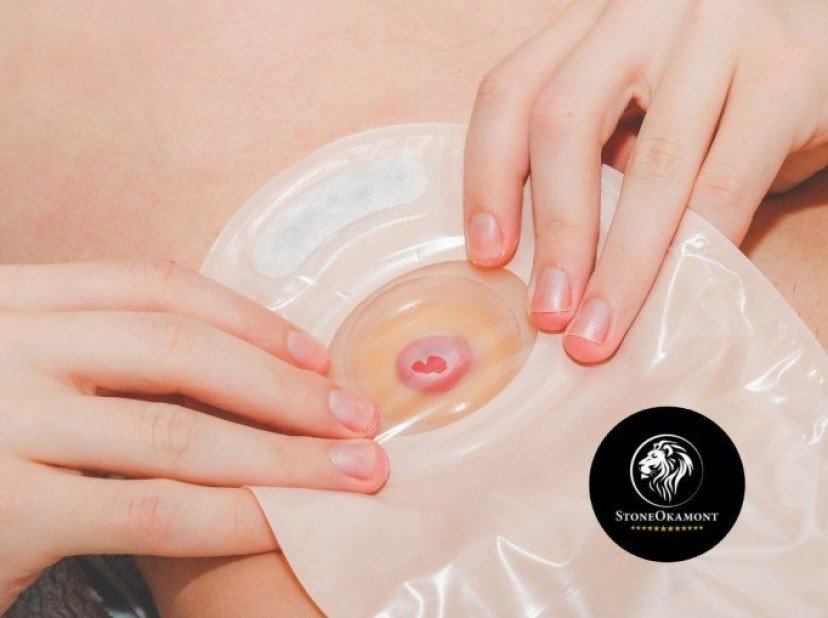
Our blog today explains everything about how to register hyaluronic acid in Brazil. If you want to understand, you can check it out!
Request a budget
What is hyaluronic acid and what is it for?
For sure, you may have heard about facial or lip filling. You must also have heard about this substance that is revolutionizing the market for health and beauty products.
Hyaluronic acid is a substance that naturally already exists in the human body, approximately 56% of which is present in the skin. The function of hyaluronic acid is to lubricate and fill the space between cells, causing a younger and healthier appearance on the skin. The universe of aesthetics has turned a lot to this substance, because its properties act both in combating wrinkles and expression marks and in increasing the volume of subcutaneous areas that have been worn out over time.
Do you want to register hyaluronic acid with Anvisa? So you are in the right place!
What is the classification of hyaluronic acid at Anvisa?
Technically known as “acellular dermal graft”, it is part of the sphere of health products. Hyaluronic acid is classified as risk IV, that is, it has a maximum hazard and, therefore, according to RDC nº 185/2001, it is subject to registration and requires some specific requirements to be regularized.
What does it take to register hyaluronic acid at Anvisa?
Before finally registering hyaluronic acid, some specific protocols are necessary, such as obtaining the Operating License (LF), the Company Operating Authorization (AFE), and the Certificate of Good Manufacturing Practices (CBPF), which must be in accordance with the requirements required by RDC No. 15/2014, in addition to the presentation of a detailed technical report, specific rules for the time of labeling, as well as other details.
Curiosity about how to register hyaluronic acid at Anvisa
Did you know that, depending on the way hyaluronic acid is applied and presented in the product, it can start to fall into a different classification? For example, when hyaluronic acid is used to integrate the composition of cosmetic products, it is no longer classified as risk class IV (maximum dangerousness), but is considered a grade II cosmetic, requiring different documentation.
How to obtain the operating license to register hyaluronic acid at Anvisa?
The Operating License stage is the time for regularizing the company to be able to register hyaluronic acid at Anvisa. This License is made with the Visa (Local Health Surveillance) of the municipality or state in question, and is the company that needs to adapt, following the rules of the RDC (Resolution of the Collegiate Board) regarding the activity performed. The entire physical structure of the place must be adapted, as well as documentation and reports related to the establishment are required.
How to obtain a company operating authorization to register hyaluronic acid at Anvisa?
The Operating Permit for a Company is a different process from that required to obtain the Operating License. Technical documentation is required, which will be fully analyzed by Anvisa's technical staff. It is necessary to gather all the documents that make up the technical dossier, make the necessary petitions, collect all fees and, also, monitor the entire analysis process, because there may still be some requirements from Anvisa, such as the presentation of new documents, or if there is a need for technical requirements.
Do I need the Good Manufacturing Practices Certificate (CBPF) to register hyaluronic acid or register the product with Anvisa?
Yes! RDC 16/2013 obliges manufacturers, importers and traders of products that have risk classification III and IV to comply with the Good Manufacturing Practices (GMP) orders, a requirement directed at any company that manufactures, imports or markets products of great and maximum danger, both for health and for other purposes.
How to finally register hyaluronic acid at Anvisa?
To register hyaluronic acid at Anvisa, you must follow a step by step. First, the product is classified in its risk classification, which, in the case of hyaluronic acid, is IV (maximum hazard). From there, it can be verified that the product requires a specific petition that will be made with Anvisa, where the code of the subject of the petition is identified, as well as the documentation presented.
Thus, Anvisa's petitioning process must be respected, and the mandatory documentation must be attached and the petition filed with Anvisa.
From that moment on, Anvisa will analyze the petition in the most appropriate way, leaving as the last step the result of the petition, which may decide to grant or reject the petition to register hyaluronic acid in Anvisa.
How to obtain the registration of hyaluronic acid with agility and economy?
Did you know that Stone Okamont can take care of the whole process for you to register hyaluronic acid with Anvisa? We are specialized in following this bureaucratic path of regulatory affairs to satisfy our customers. That's right! Leave your concerns to the care of those who really understand the subject.







